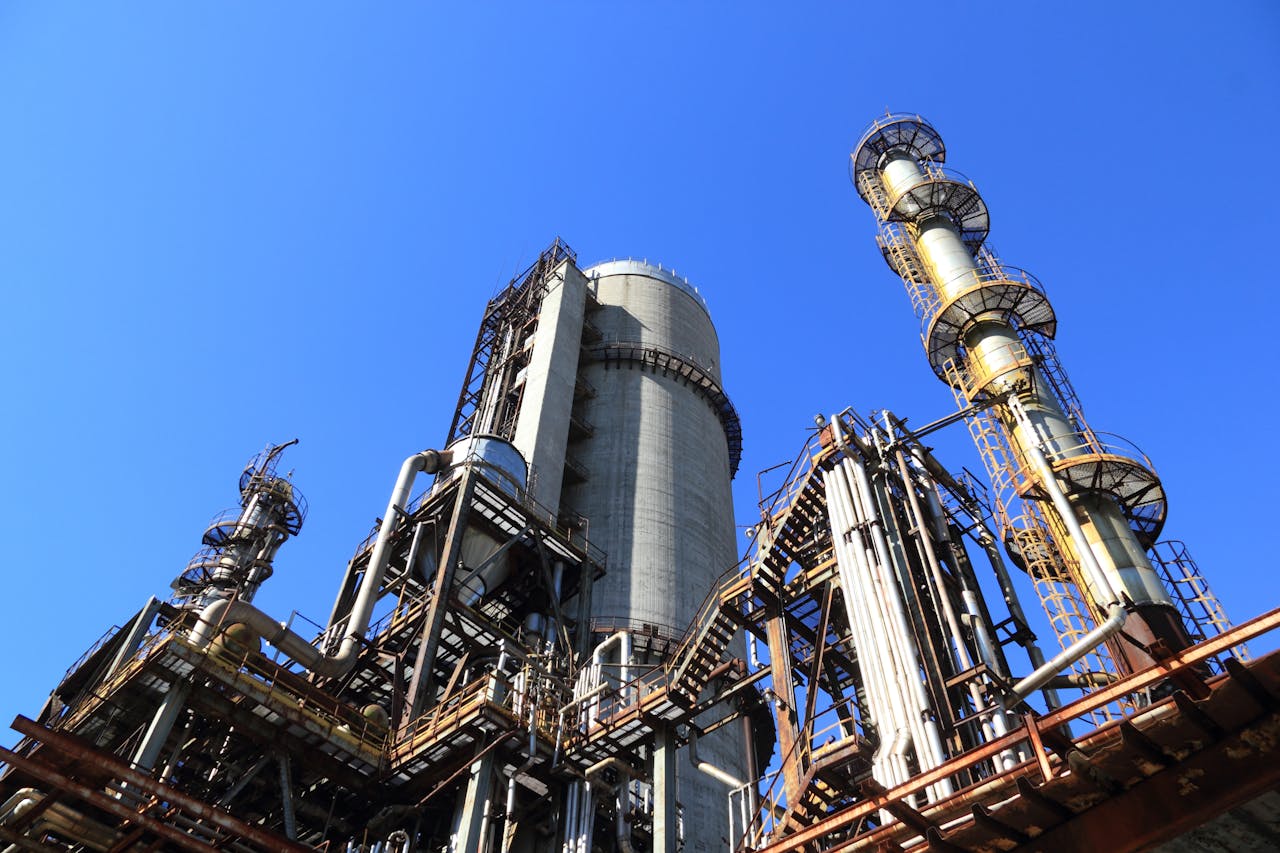When engineers design commercial HVAC systems, industrial ventilation networks, or even power plant duct systems, they often face a quiet but expensive decision: choosing between rectangular and round ductwork expansion joints. On paper, the choice seems obvious—match the joint to the duct shape. In practice, however, aerodynamics tells a different story. Expansion joints are not neutral components; they are flow restrictions that can either preserve system efficiency or erode it over time. The wrong choice can translate into 15%–25% higher fan energy costs across the system’s lifecycle.
Zepco LLC has seen this performance gap firsthand. In a 100,000 CFM system, the difference between properly optimized and poorly selected ductwork expansion joints can cost upwards of $47,000 annually. This isn’t just about component compatibility—it’s about airflow efficiency, energy savings, and the long-term sustainability of the facility.
Why Shape Matters More Than Tradition
Most engineers still pick expansion joints based solely on duct shape. Rectangular duct? Rectangular joint. Circular duct? Round joint. But the aerodynamics of airflow don’t play by those rules. Expansion joints affect continuity, turbulence, boundary layer development, and pressure recovery in ways that ripple downstream, impacting fans, filters, and energy bills.
In fluid dynamics, shape dictates efficiency. Rectangular geometries introduce sharp-corner turbulence, uneven velocity profiles, and extended pressure recovery distances. By contrast, round geometries offer streamlined flow, lower pressure drop, and rapid stabilization. Computational Fluid Dynamics (CFD) studies show round ductwork expansion joints consistently deliver 30–55% lower pressure drops than rectangular at equivalent velocities.
The Rectangular Reality: Efficiency in Tight Spaces
Rectangular ductwork expansion joints do offer one clear advantage—space efficiency. In buildings where ducts need to tuck between structural beams or integrate with rectangular floor plans, rectangular joints simplify integration. They are also easier to manufacture at scale and cheaper to install.
But engineers need to understand the aerodynamic penalties. At a typical 2,000 FPM face velocity, rectangular joints generate 0.15–0.35″ WC of pressure drop. That doesn’t sound like much until you calculate the fan energy required to overcome that resistance year after year. Add turbulence, uneven velocity distribution, and dead zones at corners, and the system begins working harder than it should.
Design optimizations—like corner radiusing, smoother surface finishes, or flow-straightening baffles—can help. But they rarely close the performance gap with round geometries.
The Round Advantage: Natural Aerodynamics
Round ductwork expansion joints are the aerodynamic equivalent of drafting behind a sports car. With no sharp corners, air maintains attached flow, turbulence intensity drops, and velocity profiles stay uniform across the cross-section. The result: pressure drops as low as 0.08–0.20″ WC at the same 2,000 FPM velocity.
That efficiency compounds. Lower resistance means fans consume 8–15% less power. In a large system, that’s $12,000–$35,000 in annual energy savings—paying back any additional installation costs within two to three years. On top of that, round joints recover pressure faster, minimizing downstream effects on filters and coils.
Engineers aiming to meet modern energy codes and sustainability targets should see round expansion joints as the aerodynamic baseline, not the exception.
Engineering Comparisons That Matter
When comparing rectangular and round ductwork expansion joints, three data points should drive engineering decisions:
- Pressure Drop: Round joints average 30–55% lower drops than rectangular across flow velocities.
- Energy Efficiency: Fan power reduction of 8–15% translates into tens of thousands in savings over the system lifecycle.
- Flow Quality: Round geometries deliver 25–40% more uniform velocity distribution and up to 80% less turbulence intensity.
So, is rectangular ever the right choice? Yes—in highly space-constrained retrofits or when integration simplicity outweighs long-term efficiency. But in energy-critical applications, round is almost always the superior performer.
Zepco’s Role: Turning Aerodynamic Data Into Real-World Savings
This is where Zepco LLC steps in. As specialists in ductwork expansion joints, Zepco doesn’t just manufacture components—they engineer airflow solutions. Their team uses CFD analysis, laboratory testing, and field validation to quantify performance differences and recommend the best geometry for each system. Whether it’s optimizing rectangular joints with advanced corner treatments or designing custom round transitions for maximum efficiency, Zepco ensures system performance doesn’t get left to tradition.
The Engineering Decision Framework
For engineers weighing their next expansion joint specification, the takeaway is clear: don’t default to shape. Evaluate based on pressure drop budgets, fan power requirements, and lifecycle costs. The right ductwork expansion joints are not just duct accessories—they’re aerodynamic components that determine whether your system runs lean or wastes energy.
And when efficiency is tied to both operating budgets and carbon reduction goals, that decision becomes as critical as any fan, coil, or control system.
Zepco LLC is the partner helping engineers make those decisions based on data, not assumptions.

